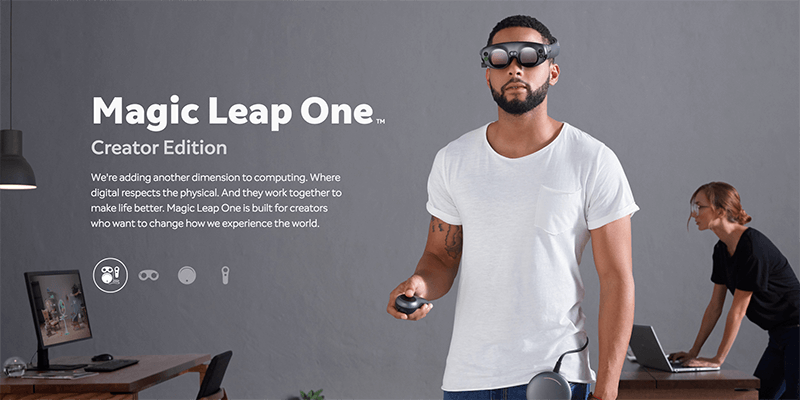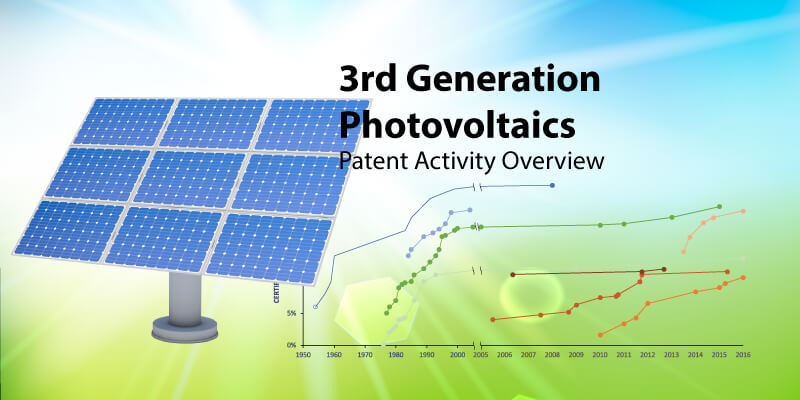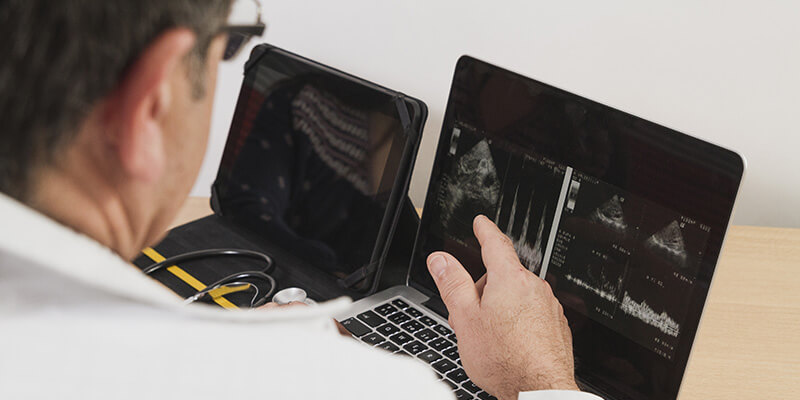This week, Magic Leap unveiled its first augmented reality (AR) goggles, Magic Leap One. The announcement comes three years after it promised to release a software development kit. On December 20th, the Florida-based mixed reality startup announced that it will release an SDK in early 2018, with the hardware projected to be ready to ship at the same time.
Magic Leap has leapt into prominence early on due to significant financial backing, which has totaled $1.9 billion as of October 2017, from companies that include Google, JPMorgan, and Alibaba.
According to the company’s website, the system consists of a pair of lightweight goggles, boasting a combined Digital Lightfield® technology with environment mapping, precision tracking and soundfield audio; a clip-on external computer called the Lightpack that promises high-powered processing and graphics; and a handheld controller that features force control and haptic feedback that allow for a fluid, sensory experience.
Magic Leap Invests in Healthcare Applications for Mixed Reality
At Parola Analytics, we took a look at Magic Leap’s patenting activity from 2011 to 2016. Our preliminary patent analysis, provides the following insights:
- Magic Leap ranks second to Microsoft based on total number of patents and patent applications (P/PA) in mixed reality;
- Magic Leap owns 300 P/PA versus Microsoft’s 384 P/PA;
- Of the 300 P/PA assigned to Magic Leap, only 10 are patents. This is significantly lower compared to Microsoft (125), Sony (36) and Google (48). This small number of patents can be attributed to Magic Leap’s startup status, having been founded in 2011.
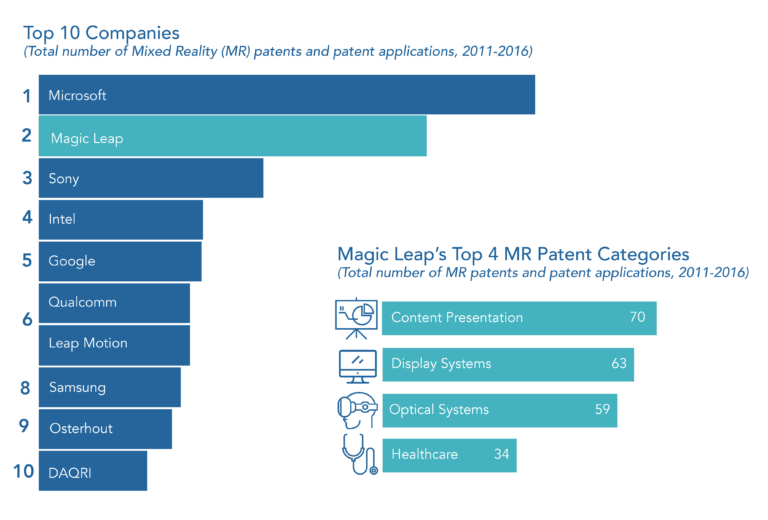
(Also see: Top Patent Categories Relating to Mixed Reality)
One of the most interesting and noteworthy findings relate to the Healthcare category ranking 4th in terms of total number of P/PA for Magic Leap, as shown above. This may come as a surprise to many, because healthcare is not an industry sector which most people would associate with Magic Leap. Among the other highly-ranked companies in mixed reality (MR), it appears to be the only company that is investing significantly in healthcare-related MR applications.[note]The Healthcare category includes the 1st-level sub-categories Medical Systems, Personal Health Management, and Therapy and the 2nd-level sub-categories Diagnostic Systems, Electronic Health Records, Non-surgical Medical Systems, Surgery, Surgical Training, and Telemedicine.[/note] (See table below)
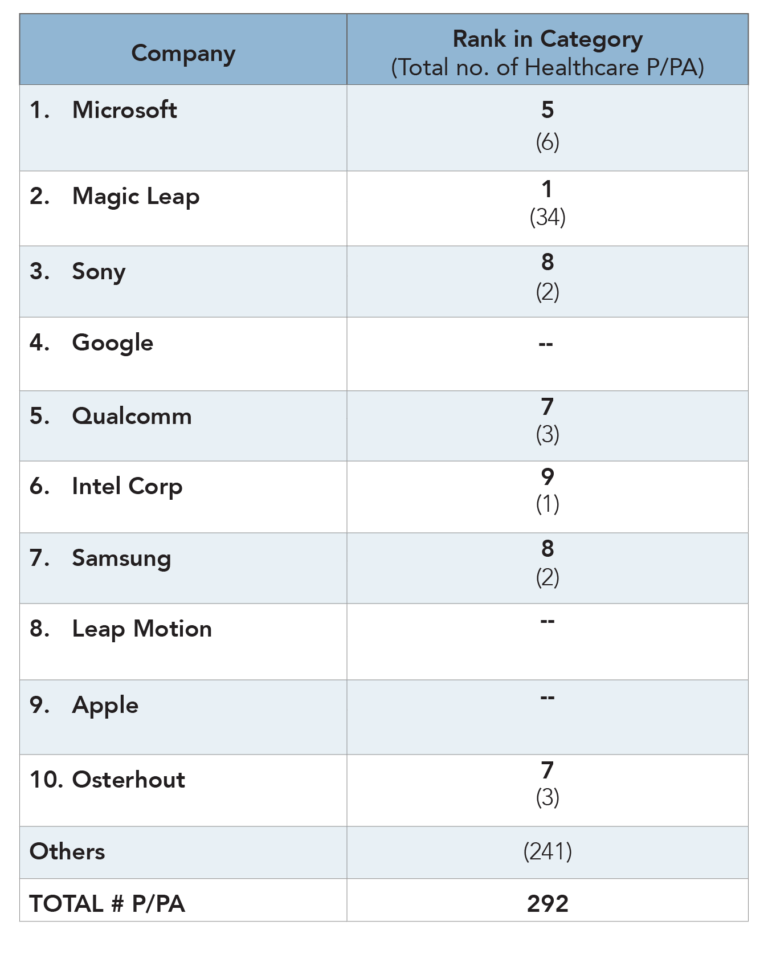
One reason that could explain the company’s focus on Healthcare relates to Magic Leap’s CEO Rony Abovitz. He was a cofounder of the Mako Surgical, a robotics surgery company, which was sold to Stryker in 2013.
There is good reason to believe this trend will continue. In August 2017, Magic Leap posted a wanted ad for a healthcare application developer responsible for “architecting, developing, testing and modifying software designs in mobile-network based MR healthcare developing healthcare-related MR products and services.”
With the support of the biggest names in the industry, and Magic Leap’s active patenting activity, its survival still hinges on its ability to come up with a blockbuster product. During the Facebook’s F8 developers’ conference this is what Oculus’s chief scientist Michael Abrash have to say about the next big thing in AR glasses: “They aren’t here yet, but when they arrive they’re going to be the great transformational technologies of the next 50 years.”
The announcement of Magic Leap One, along with Apple’s ARKit and Google’s shift to ARCore are initial steps that are setting Mixed Reality in motion.
